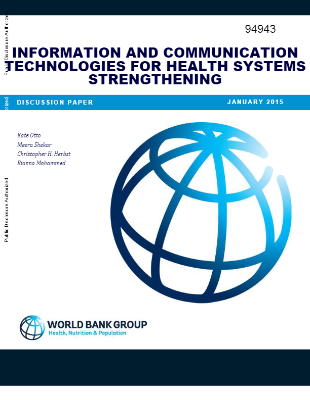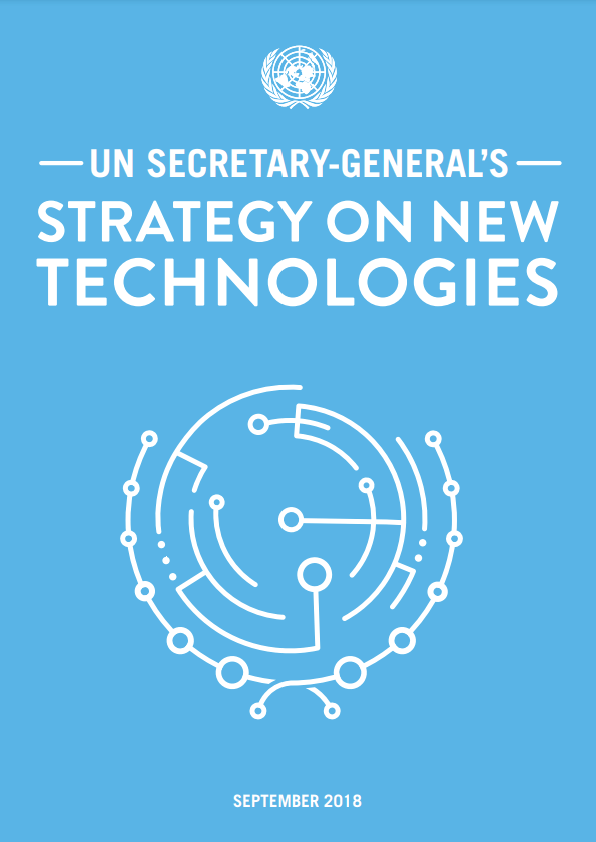It is well known that information and communication technologies (ICT) have the potential to transform health services delivery by strengthening health systems in developing countries, especially for rural and underserved populations. This report is intended for use by development practitioners, including task team leaders at the World Bank, to strengthen their understanding of the use of ICT to support health systems strengthening (HSS) efforts as well as to highlight critical prerequisites that are needed to optimize the benefits of ICT for health efforts. The bulk of examples in this report focus geographically on sub-Saharan Africa (SSA), though the discussions and lessons carry relevance across regions.
The report frames the discussion of ICT for health around five core pillars of a health system: human resources for health (HRH), supply chain management, health care financing, governance and service delivery, and infrastructure. As such, examples of ICT solutions highlighted throughout this report include the use of ICT to improve the professional capacity and performance of HRH; increase the reliability and predictability of the procurement, delivery, and stocking of health materials and supplies; prevent disease and promote public health by obtaining data from patients and health consumers; democratize access to and rating of health information and services by consumers; and reduce health care expenditures.
Despite the potentially transformative nature of ICT for health, or eHealth, in strengthening health systems, many projects in African countries remain at the pilot stage and are unable to be scaled up even when robust evaluations of these pilots show positive results. This difficulty in scaling up pilot projects is linked to a number of structural and institutional weaknesses that are often not sufficiently addressed in many ICT interventions, resulting in suboptimal benefits and operational inefficiencies. (Skoll World Forum, 2013)
In this context, the report details seven criteria, or prerequisites, that must be addressed in order to effectively establish and scale up ICT-based solutions in SSA health systems: infrastructure; data and interoperability standards; local capacity; policy and regulatory environments; an appropriate business model; alignment of partnerships and priorities; and monitoring and evaluation. Each criterion is discussed with reference to examples from particular developing countries that are currently grappling with these issues.
In addition, these criteria are explored in greater depth through a set of 12 specific case studies of potentially scalable ICT-based health care solutions currently being implemented across the globe at community, national, and regional levels. The common themes and indicators of success across these promising innovations include the need to strategically leverage existing (even if limited) infrastructure, to design for interoperability across health centers and systems, to strengthen rather than ignore local capacity, to consider the need for specific policies and regulations, to employ a sustainable business model, to develop thoughtful partnerships that align with national and local priorities, and to build in robust monitoring and evaluation systems.











